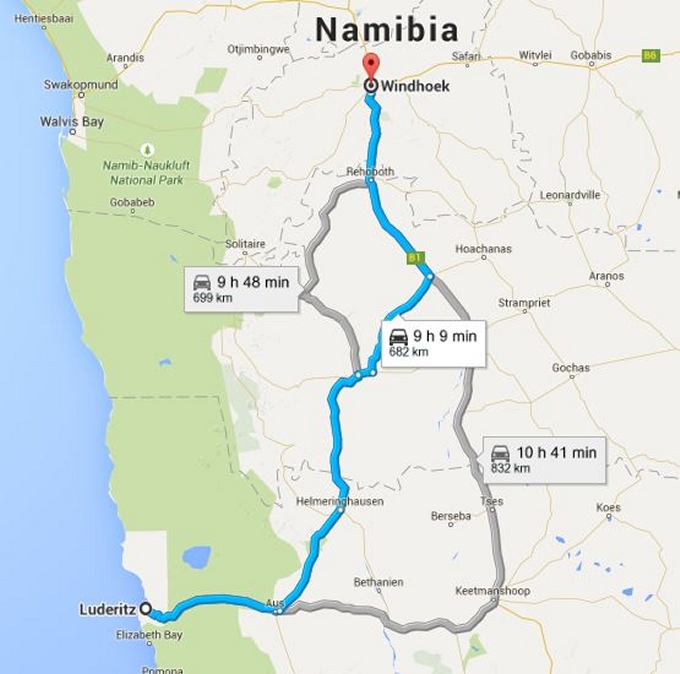Windhoek - Namibia's Capital City
/We reached Windhoek, Namibia's capital city in late afternoon. Windhoek, German for “wind corner”, is located in the center of the country. It's Namibia's largest city, but a pretty small city with a population of ~325,000 people. Our accommodation for the night was the Pension Cori (that's penz-ee-ohn, not pen-shun) , a funky kind of place, all painted in bright purple with two slobbering, but friendly bulldogs roaming the grounds. The place was clean and comfortable enough, but a bit over-the-top in its décor. Doris and Ian had stayed here several times since it was close to the city center and had easy access to the airport road.

We left the car and walked the back streets to a city mall, Windhall Center, a typical mall found most anywhere … retail stores galore and lots of glitz. We were most interested in what was outside the mall. In the middle of a plaza there was a display of the Gibeon meteorites. The largest known meteor shower to hit Earth was discovered near Gibeon, Namibia and documented in 1838 by explorer, J. E. Alexander ... although the locals were known to have been hammering pieces of it into implements for generations. Several chunks of the meteor are mounted on pedestals in the middle of the plaza. Based on a few empty pedestals, we assume some of them developed feet.
Since we arrived so late in the day, we had only a short time to explore before the dark settled in. We had a quick dinner and headed back to the pension. Doris' flight wasn't leaving until after noon, so we returned to the downtown area for a couple of hours in the morning. Around the meteor display, several local vendors had set up shop with all sorts of souvenirs to tempt passing tourists. I did not, could not, resist. We bought earrings and elephant hair bracelets and necklaces, bargaining amicably for the best price. My favorite vendor was Jane. Her Ovambo name means “happy” in English, but I'll be darned if I can remember it, though I asked her to repeat it three or four times. She was a happy woman and her Ovambo name suited her. I bought several pairs of earrings and she graciously posed for a photo.
I also saw a Herero woman dressed in all her finery including the big, traditional Herero hat. I asked politely if I could take her picture. She really looked beautiful and I told her so. The first thing out of her mouth was “How much you pay me?” “Er … I wasn't planning to pay you anything. I just thought you looked beautiful.” Her answer was a patent and rather vehement “NO!” Question asked … question answered. In actuality, I would have been happy to give her a few dollars, but the mood was broken. So... the best I got for Herero traditional dress was this mannequin in front of a souvenir shop.
We passed a Bushman art store and noticed a sign for a Bushman's museum. No time unfortunately, although we enjoyed the sidewalk sculpture.
According to Wiki, “present-day Windhoek was founded in 1890, when Curt Von François, fixed the foundation stone of the fort, which is now known as the Alte Feste (Old Fortress).” There are several relics of the old architecture mixed with the city's new highrises.
On the way back to the hotel, we happened to spot mousebirds that were feasting on a garbage heap in a vacant lot. That certainly didn't stop me from photographing them.
Lo and behold, out of the grass scampered a striped mouse … to accompany the mousebirds, I guess.
Enough sightseeing. We headed back to the pension, packed up the Jeep and set out for the airport. The only regret we have is that we didn't plan a whole other day to explore the city. Another time, perhaps?
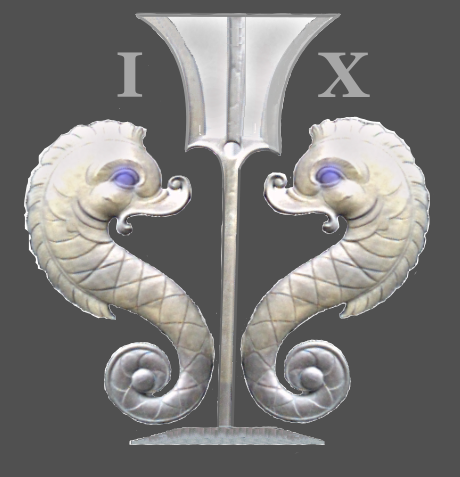

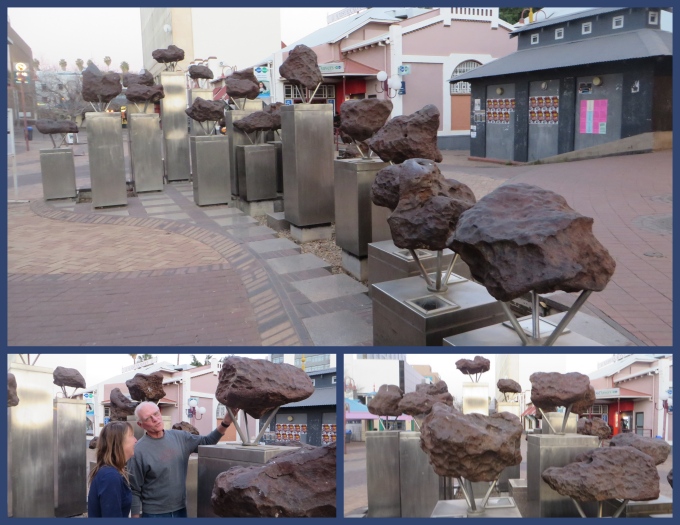

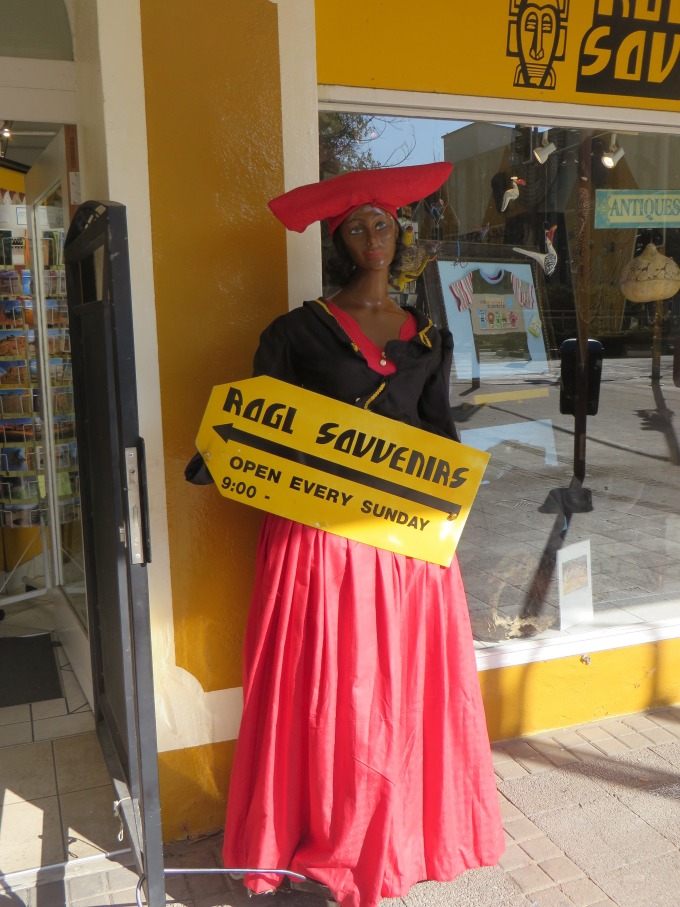







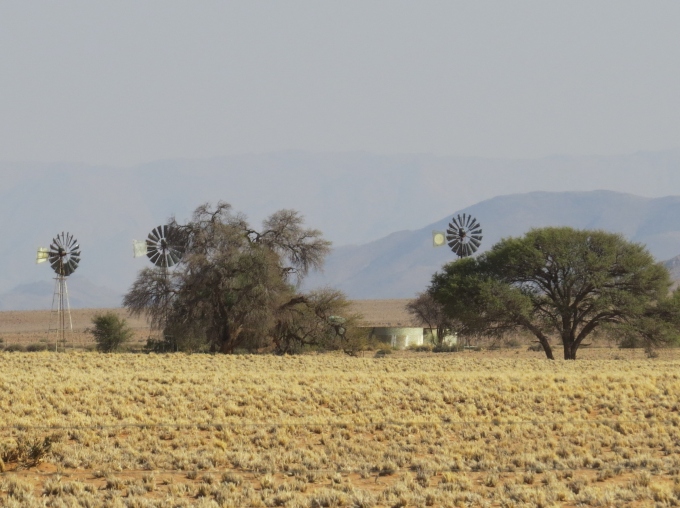

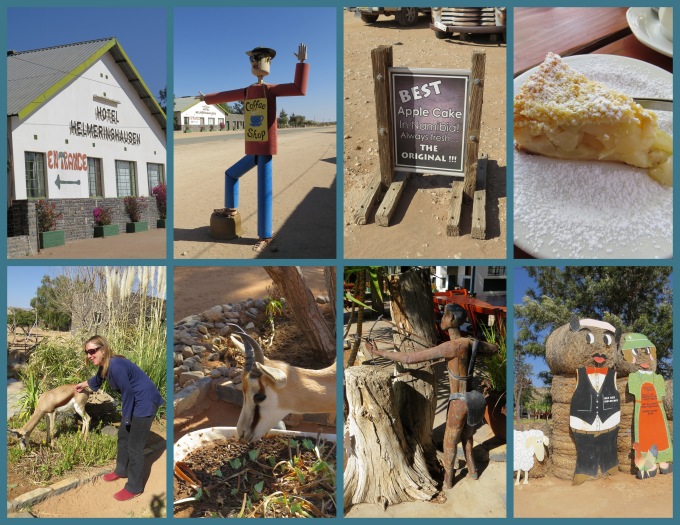

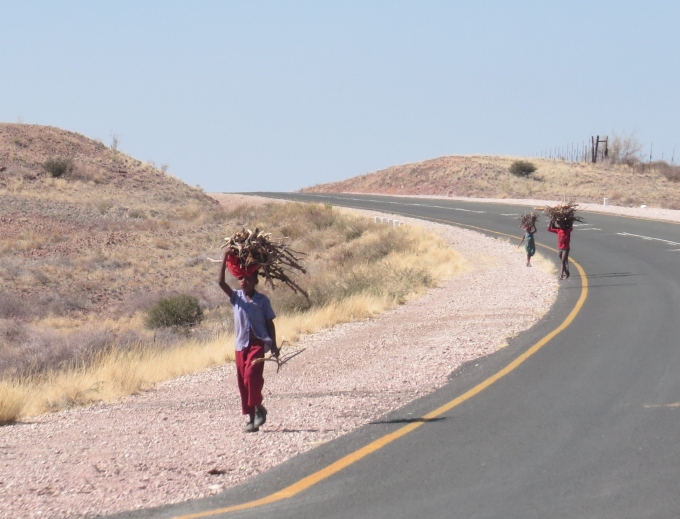


 . For us it's a special circumstance or event that presents itself totally out of the blue. Something quite out of the ordinary happens and it happens about every 90 days or so. Well, it was about due and, son of a gun, here it is. Our friend, Doris, is heading back to Germany for a visit and her husband, Ian, usually drives her to Windhoek, Namibia's capital city, about an 8-hour drive away, to catch her plane. Well, Ian works with the local ships and he's scheduled to have several arrive during the time he would need to be taking Doris to the airport. They asked us if we'd like to take their car and drive Doris to the airport … and keep the car for a few extra days to see the sights. They'd even pay for the fuel. Oh, my! They said “Think about it!” and we said “No thinking required … YES!”
There has been quite a bit of excitement aboard and a flurry of
. For us it's a special circumstance or event that presents itself totally out of the blue. Something quite out of the ordinary happens and it happens about every 90 days or so. Well, it was about due and, son of a gun, here it is. Our friend, Doris, is heading back to Germany for a visit and her husband, Ian, usually drives her to Windhoek, Namibia's capital city, about an 8-hour drive away, to catch her plane. Well, Ian works with the local ships and he's scheduled to have several arrive during the time he would need to be taking Doris to the airport. They asked us if we'd like to take their car and drive Doris to the airport … and keep the car for a few extra days to see the sights. They'd even pay for the fuel. Oh, my! They said “Think about it!” and we said “No thinking required … YES!”
There has been quite a bit of excitement aboard and a flurry of 